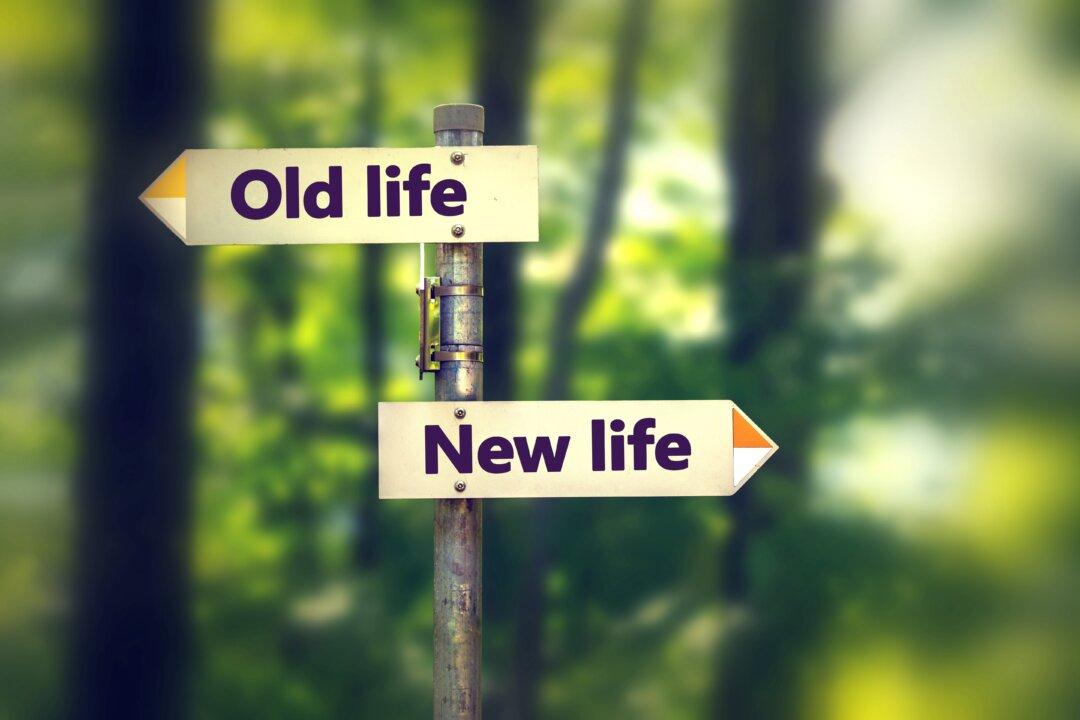How well do leaders perform during crisis?
My firm, Sanborn & Associates, Inc., completed a national research study to uncover lessons leaders can use during these perplexing times. Specifically, we sought to answer: How well did leaders handle the COVID-19 pandemic crisis and what does that portend for leaders going forward?
1. Most Employees Are More Anxious Now but a Significant Percentage Are More Optimistic
57 percent are more anxious about the future. No big surprise there.In juxtaposition, consider:
On the personal front, over one-third of Americans agreed their personal life would be better (35 percent), their relationships would be better (34 percent), and their productivity would be better (33 percent). Americans were more than three times more likely to say they will be better off than worse off after the crisis is over.
Whether you call it “anxious optimism” or “optimistic anxiety,” the implications are clear. Leaders need to reduce the amount of anxiety their teams face (for whatever reason) and help deliver improvements and results that prove the optimism is legitimate.
2. Employees Now Want the Flexibility and Resources That Crisis Proved Employers Could Provide
In the past when employees wanted options like remote work or different working hours, employees said those requests weren’t really feasible.COVID proved they are.
COVID forced employers to find and offer alternative workplace solutions. It wasn’t something done for convenience or workplace improvement, but survival. Suddenly flexibility that was often not offered was now required, and new resources were provided to meet new challenges.
3. Nearly Half of Respondents (48 percent) Thought Their Organization Would Be the Same After the Crisis
Have things returned to normal where you work? This data suggests that many thought business and life would return to normal defined as what life was life pre-pandemic.If COVID disrupted so much, how could so many reasonably assume the company would remain the same? Many changes in the past have been temporary, and perhaps employees believed the same would be true after COVID. To date that has not been the case nor will it be.
4. Leaders Scored Highest on Communication but They Didn’t Do That Particularly Well
56 percent of Americans working full-time say their leaders communicated well or extremely well during this crisis. 20 percent said their leaders did not communicate well.That’s a good score, but not a great score. And it was the area where leaders scored highest in the research.
5. Leaders Did Worst at Supporting the Morale of Their Teams
Nearly one-fourth (23 percent) all respondents said that leaders did not show concern for them and only 30 percent o f Generation Z agreed “My leader kept my morale up.”In times of crisis leaders can have a hard time keeping their own morale up. Still, being what leaders did least well is a bit unexpected. We literally didn’t know if we’d live or die, both figuratively as organizations and literally as individuals and there were few experiences most leaders had that provided a playbook for a crisis like that.
6. Leaders Have Dramatic but Simple Room for Improvement
45 percent of Americans said leaders in the United States generally did not handle the pandemic well, compared to only 29 percent who said they did handle it well, and 27 percent who were neutral. All of these challenges beg the question, what can leaders do to better connect with and earn the respect of Americans during future challenges?7. Remote Work Isn’t the Real Issue
When, where and how employees is the most important issue. My research showed that 34 percent of Gen Z felt employers needed to give them better tools to work remotely. But when one works remotely, that means they have options in where, when and how they work. Remote work is the tip of the iceberg. The entire workforce equation is being reinvented.The Big Lesson for Leaders
No matter if a team member believes his or her life will be better or worse in the future, leaders are challenged to inspire and instruct in a way their lives will become better. Even workers who were positive about the future still admitted to anxiety. Leaders may not know exactly what the future holds, but there is still much they can do to deal constructively with anxiety.That is the new challenge of leadership: not just to reduce the anxiety experienced at work, but lead in building better outcomes for employees and customers despite what challenges may come.









